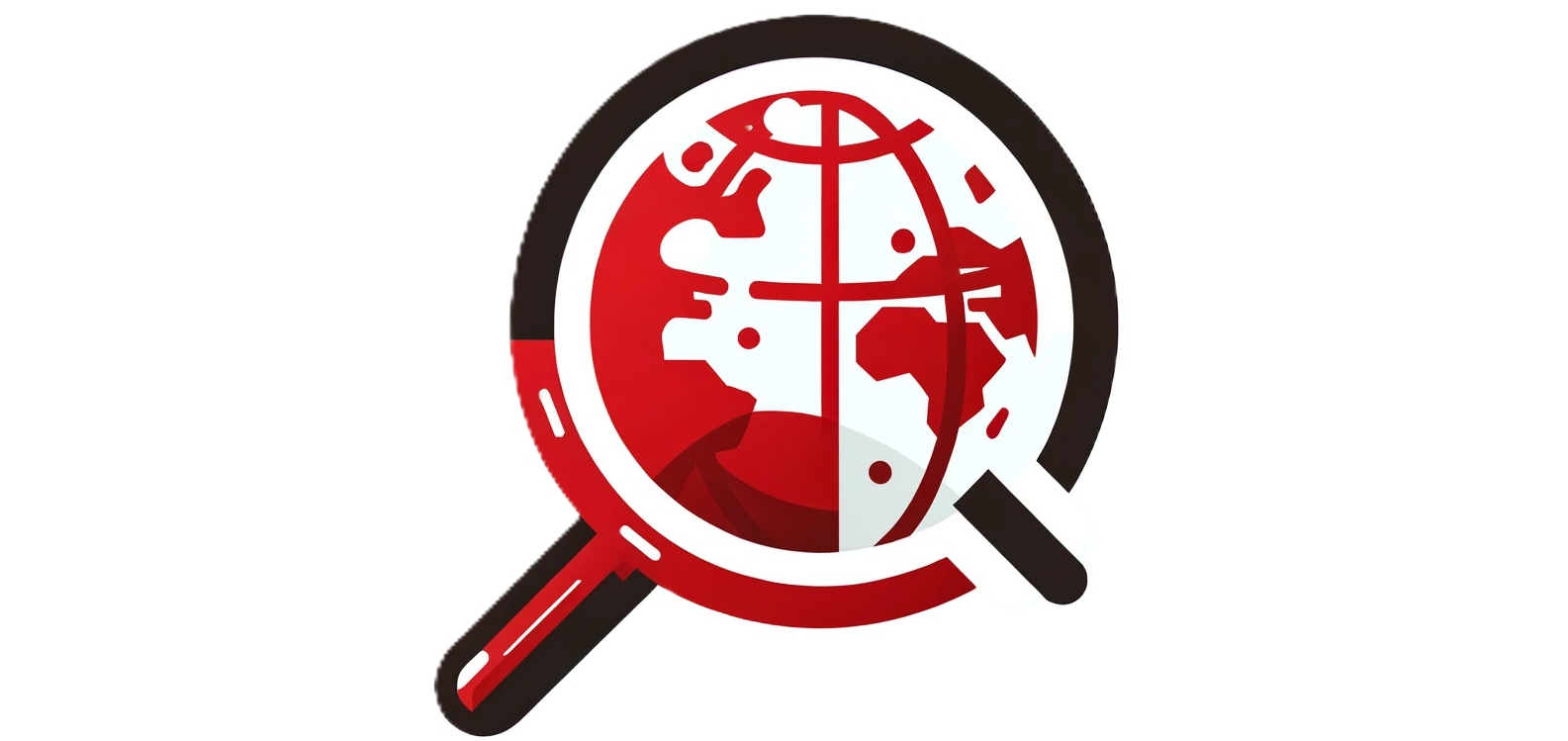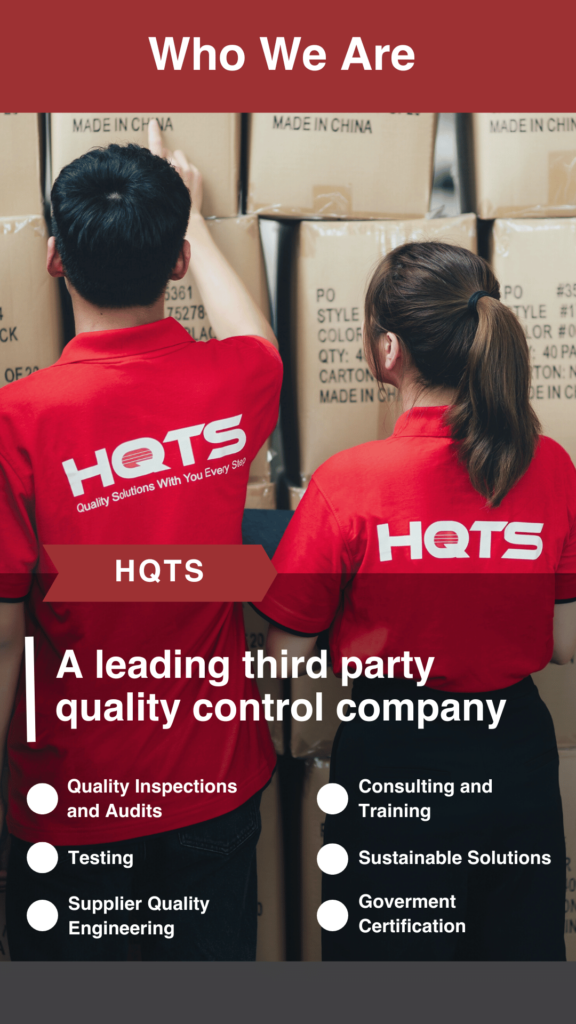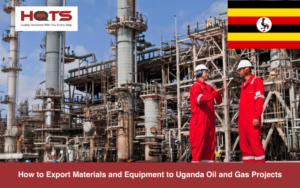The oil and gas industry operates under the most stringent standards, and the legislation in this sector is constantly evolving to become stricter. Recent major incidents, such as the tragic industrial disaster deepwater horizon oil spill, have accelerated the importance of safety and protecting an organisation’s reputation.
Today, quality control in the oil and gas industry and compliance with all regulatory requirements is a priority. But conforming to high industry standards across the supply chain is challenging, as the oil and gas operations involve a series of steps, including drilling on-land or offshore, servicing, refining, transportation of petroleum products and more.
In this article, we’ll give you an introduction to oil and gas inspections.
What Is the Purpose of Oil and Gas Quality Inspections?
The inspection in oil and gas industry provide organisations with a shield against potential accidents or hazardous situations, protecting the on-site team and the company’s reputation.
The quality control inspections are put in place to ensure that every project meets the following:
- Industry standards
- Set criteria from regulatory bodies
- Guidelines
The inspection may involve structures, components, materials and equipment. It often includes testing a range of substances such as petroleum, fuels, other refined products, petrochemicals, gases, coal, and other hydrocarbons, ensuring they fit in with industry standards such as ASTM, ISO, IP, DIN, NOM, and other international protocols.
What Are the Methods of Oil and Gas Quality Inspections?
There are several types of inspection techniques that can be used in the oil and gas industry. Generally speaking, inspectors will visit contractors, manufacturers and sub-contractors at various stages of the project lifecycle, from before, during manufacturing, construction and during various time intervals. Below are five standard practices in the industry used to assist in the quality control process.
1. Visual Inspections
Visual inspections are a cost-effective test method used to inspect equipment for flaws and are often the first inspection in the oil and gas industry. An expert technician visits the site and proceeds to detect any defects that can be detected by the naked eye or with a borescope. These include structural failure, welding flaws, corrosion or cracks. Using basic condition monitoring and corrective measures, hazardous situations can be prevented before they occur.
But there’s a limit to how much this would cover, and NDT methods may be needed to identify any internal flaws.
2. Factory and Machinery Inspections
Factory and machinery inspections involve rigorous testing of equipment within factories, ensuring all equipment is free of faults. This includes testing equipment based on the pre-arranged supplier procedures and functionality tests, which can be done via arranged inspections or random to ensure best practices.
As well as this, equipment specifications are closely monitored to ensure no modifications have been made without prior consent, including software and hardware. These tests allow an organisation to provide safe and consistent products free from defects.
3. Final Random Inspections (FRI)
Final Random Inspections (FRI) are essential to witnessing and evaluating all physical and chemical tests. The inspections are done to ensure the conformity of product packaging, colour codes and the packaging process. All of these are reviewed and tested to the client’s requirements. Once the results of the testing are evaluated, a report is issued. A certificate is issued if the report concludes the inspection was a success.
4. Pre-Shipment inspections
Pre-Shipment inspections ensure all goods are safe and within regulations before shipment occurs. This entails inspectors taking random samples of goods once fully packaged (in this case, oil) and using pre-arranged tests to ensure the goods are safe for transport and compliant with government regulations. This allows for peace of mind in transporting oil and gas products, protecting the organisation’s reputation and the public’s safety.
5. Acoustic Emission Testing
Acoustic emissions is a non-destructive testing (NDT) technique that detects the rarefaction waves associated with leaks in a pipeline. This testing works by mounting small sensors onto a component under the test, which converts stress waves into electrical signals. The method releases ultrasonic waves to identify any defects in materials.
A good condition has a stable noise spectrum that doesn’t fluctuate. When the noise spectrum changes, it means the condition has changed. This inspection is helpful in detecting leaks in pipelines, allowing for quick repairs.
Other Inspections
In addition to the services above, other more specific inspections might be needed. These may include:
- Material inspections
- Drilling and pipeline inspections
- Pressure vessel inspections
- Crane and lifting equipment inspections
- Welding inspections

What NDT Technique Most Often Used in Oil and Gas Industries?
NDT testing has been widely applied in the oil and gas inspection industry. The NDT methods help to evaluate the pipelines or other material properties – without destroying or damaging them. Two common types of non destructive testing used in the industry includes:
- Ultrasonic testing (UT) – Uses high-frequency sound waves to assess materials’ mechanical and physical properties.
- Eddy current testing (ECT) – Measure the condition of a material, and test for corrosion or other surface defects using an alternating magnetic field.
The Benefits of Quality Control in Oil and Gas Industry
Quality control in petroleum industry is a critical component of the industry. As stated, the oil and gas industry follows heavy regulations due to the delicate nature of the industry. Faults and failures can lead to dangerous accidents. This can be hazardous to workers and lead to massive profit loss. Being able to be aware of flaws and preemptively stop these are essential.
This is why regular and rigorous inspections are crucial for quality assurance for an organisation working within the oil and gas industry. Inspections also allow for well-thought quality management systems to be developed, saving an organisation time and money while mitigating risks.
Conclusion: What Is Oil and Gas Quality Inspections? [An Introduction to Quality Control in the Oil and Gas Industry]
The oil and gas industry is subject to the most stringent standards, and quality control is essential to comply with regulations and industry standards and ensure the environment’s safety. In this article, we introduced you to some of the most common inspection in oil and gas industry.
Deploying inspectors at all stages of the project cycle can be difficult, especially when the manufacturing factory is located in a different country and the on-land drilling in another one. AQM BD has over 25 years of experience in industry-leading quality control for various industries, including the oil and gas industry. We can develop a customised oil and gas quality assurance program that can align with the supply chain strategies found within your company. Contact us today for more information.





